
Preface to the DOVER EDITION
In the seven years since this book first appeared, cameramen have continued to enjoy the same curious blend of public interest and apathy that has been their lot since the beginning of motion pictures. Two major film magazines have devoted special issues to cinematographers. several museums have paid tribute to classic achievements by cameramen, and certain figuresSven Nykvist, Vilmos Zsigmond. Haskell Wexler, and Conrad Hallhave achieved wide recognition for their outstanding work.
But there have been no other books on the subject, and from a historical point of view there has been little further exploration of the cameramans role in shaping our film heritage. Most articles published in film magazines deal with a specific current picture and nothing more.
Some new names have attained prominence, notably second-generation cameramen Bruce Surtees and Harry Stradling Jr., while some pioneers have passed onJames Wong Howe, Leon Shamroy. and two of this books interviewees, Arthur Miller and Hal Mohr.
But the business remains the same: cinematographers are called upon to produce the widest possible variety of looks, moods, and settings. Whatever cycles Hollywood may concoct, a cameraman must be prepared to film anything from a disaster epic to a Western. He must draw upon the newest technical innovations to keep his work fresh and contemporary. But he must also draw upon the collective experience of his colleagues over nearly eighty years of filmmaking; no cameraman can face all these challenges by himself.
The story this book has to tell is one of men who were artists, technicians, pioneers, and personalities. It does not date or lose its validity with the passage of time, and for this reason the book appears virtually as it did when first published in 1971. The text itself has not been changed. but I have updated the filmographies and the listing of Academy Award nominees and winners, and have added a gallery of behind-the-scenes photographs which I hope will enhance the readers enjoyment of the text. The picture captions are now indexed as well as the text.
As for me, I remain just as fascinated by these men and their achievements as I was when I first set out to write this volume. Cameramen are a beguiling breed, and they have given so much to our film legacy. I cant wait to see whats coming up in the next eighty years!
LEONARD MALTIN
PHOTOGRAPH CREDITS AND ACKNOWLEDGMENTS: Film Fan Monthly , Columbia Pictures, Paramount Pictures. Walt Disney Productions, 20th Century-Fox, United Artists, Metro-Goldwyn-Mayer, Universal Pictures, Lou Valentino, Jerry Vermilye, Herman G. Weinberg. Arthur Miller, Lucien Ballard, David Chierichetti, Alan Barbour, Doug McClelland, Susan Dalton, Wisconsin Center for Film and Theatre Research. Richard Koszarski, and John Kobal.
Copyright  1971 by Leonard Maltin.
1971 by Leonard Maltin.
Copyright 1978 by Leonard Maltin.
All rights reserved under Pan American and International Copyright Conventions.
Published in Canada by General Publishing Company, Ltd., 30 Lesmill Road, Don Mills, Toronto, Ontario.
This Dover edition, first published in 1978, is a corrected and enlarged edition of the work originally published in 1971 as a Signet Book by The New American Library, Inc., New York, under the title Behind the Camera : The Cinematographer s Art . See the Preface to the Dover Edition for specific details on the new features in the present volume.
9780486154749
Library of Congress Catalog Card Number: 78-56838
Manufactured in the United States of America
Dover Publications. Inc.
31 East 2nd Street
Mineola. N.Y. 11501
Preface to the FIRST EDITION
This book is not intended as a thorough study of the cinematographers contribution to American film; such an endeavor would fill several volumes. Rather, this is more of an overview of American films, stressing the role of the cameraman. The introductory essay attempts to survey this field in a general manner, focusing on various highlights and lingering to take note of outstanding work along the way.
But the core of the book is the interviews themselves, for these five men represent a distinctive cross-section of cameramen over the years. Their comments are based on experience and are surprisingly candid; because of this, they provide rare insight into both their own careers and the world in which they worked.
This book could not have been written without the kindness and generosity of David Chierichetti, who was instrumental in getting this project off the ground, and who participated in the interviews; the late Arthur Miller, whose dedication to the field was an inspiration and whose help to the author will not soon be forgotten; the interviewees themselves, who all were exceedingly kindHal Mohr, Hal Rosson, Lucien Ballard, and Conrad Hall; and William K. Everson, Herman G. Weinberg, Tom Jones (Walt Disney Productions), Tom Grey (Universal Pictures), William S. Kenly (Paramount Pictures), Gary Shapiro (Columbia Pictures), Hal Sherman and Alan Rogers (20th Century Fox), George Stevens, Jon Davison, Lou Valentino, and Jerry Vermilye.
When I embarked upon this project, I knew very little about cinematography. I immersed myself in the subject, and largely through the efforts of the people named above, I learned a great deal. Doing this book has been a revelation for me. I hope that the reader may share in this feeling in the pages ahead.
LEONARD MALTIN
INTRODUCTION: A Survey of Hollywood Cinematography
Since film itself is only seventy-odd years old, it can be easily understood that film study and criticism are still in an embryonic stage. There is widespread feeling that the 1970s will be the Film Decade and, if so, perhaps we will find ourselves finally coming to terms with various aspects of film which have been either ignored or poorly treated thus far.
It was not until the 1960s that, generally speaking, the director came into his own, outside of the industry itself and the relatively small coterie of film buffs. The auteur theory, which originated in France, spread to America, endorsed by critic Andrew Sarris. In brief, the theory says that the films of a true auteur (that is to say, a good director) all bear his indelible signature in their style, theme, etc. Suddenly, such long-ignored men as Allan Dwan, Douglas Sirk, Samuel Fuller, and Budd Boetticher found themselves revered alongside such acknowledged masters as John Ford, Alfred Hitchcock, and Howard Hawks. Identifying films by their titles or stars became pass, and phrases like Its an early de Toth or a minor Siegel came into usage.
The auteur theory had opponents as well as adherents, but the results of its popularity hurt everyone. Many film critics and writers became so immersed in the work of the director that they dismissed the contributions of everyone else connecting with filmmaking. It is no insult to any director to acknowledge the assistance he received from his cast, writer, editor, composer, and staff of technicians. Yet this unjust view of filmmaking continued to dominate film literature for several years.
Now, as we enter the enlightened 70s, however, a welcome breeze of rationality is drifting into film study. Some of the auteur theorists are mellowing and beginning to admit that other people were involved in their favorite films; more time is being devoted to other people behind the scenes. Best of all, recognition is finally coming to the cinematographer.
Surely everyone knows that somebody has been shooting all those pictures weve seen, yet how many people can name two cameramen in the history of motion pictures? Even film buffs have been shamefully neglectful of these men, with fame coming to just a handfulJames Wong Howe, Karl Freund, Billy Bitzer.


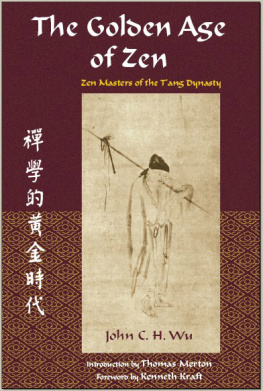
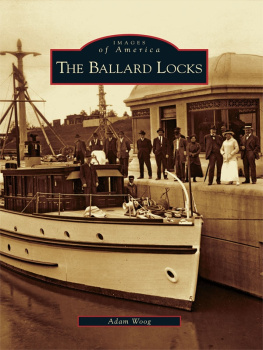
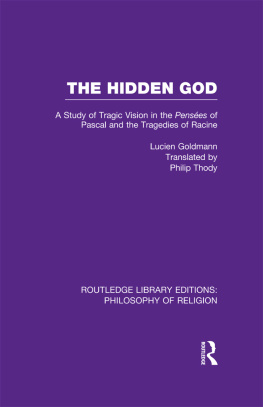
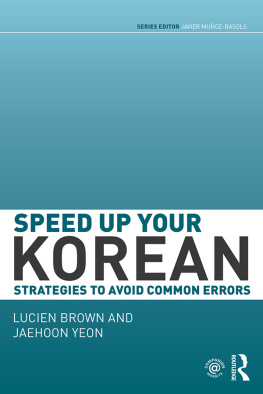
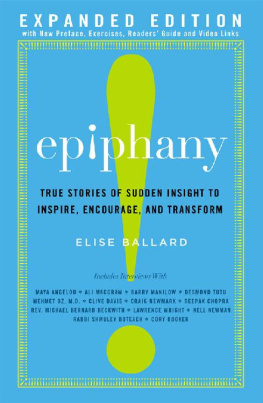
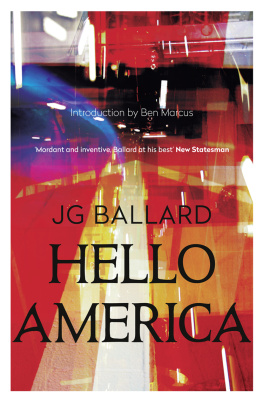
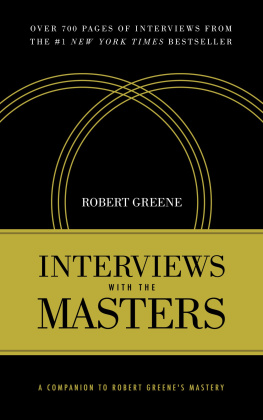
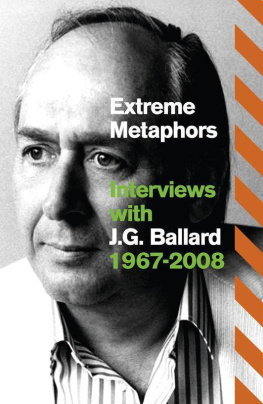
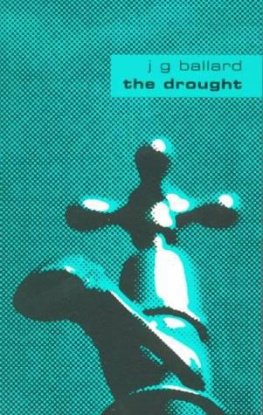

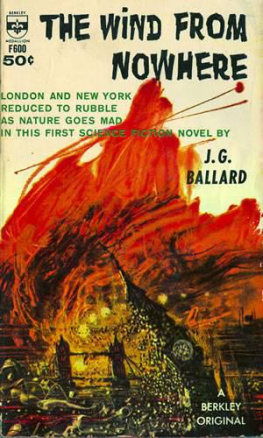
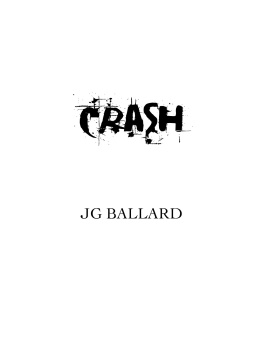

 1971 by Leonard Maltin.
1971 by Leonard Maltin.